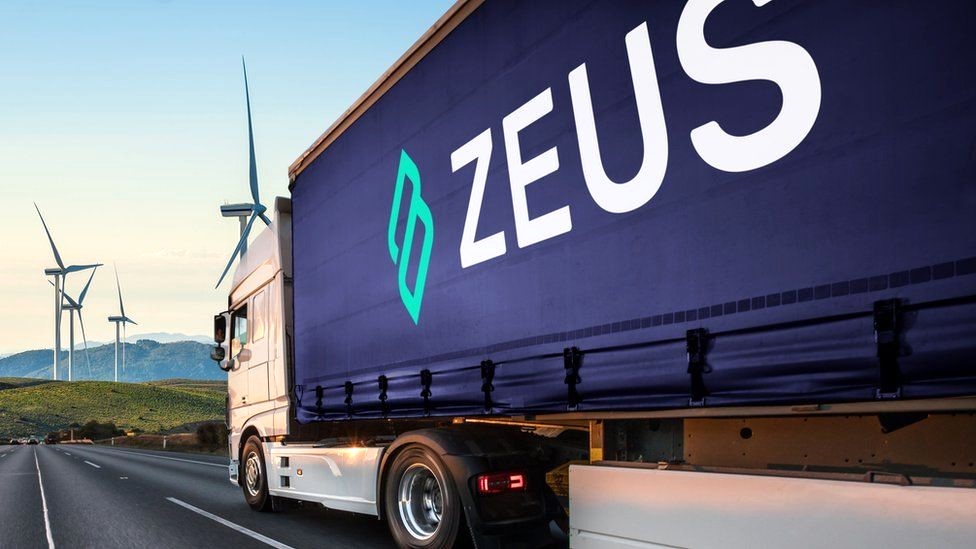
Move to relax building local wind farms a step in right direction
The latest reforms to relax the ban on local wind farms are welcome, but do not go far enough, says Midlands green energy expert Ron Fox.
He was commenting on the recent government’s announcement to change the rules on turbines and to offer energy discounts to customers who are happy to have them built nearby.
Michael Gove, the levelling-up secretary, has promised to give more details on the discounts within the next few weeks, but some schemes could offer between 10 and up to 50 per cent off.
These changes now mean a single person or a small group will find it harder to block new turbines, but wind farms will not be given the go-ahead unless they have local consent.
Also, councils have been given more ways to identify potential sites and have been told to allow online consultations which could encourage younger voters to show their support.
It is hoped this will lead to the process of allocating sites for onshore wind projects will be speeded up and more clean and renewable energy will be generated quicker.
This overturns an effective ban on wind farms imposed by the then Prime Minister, David Cameron, in 2015 and since then plans for 27 of them have been rejected.
But pressure by environmentalists and some Tory MPs, who see wind power as a way to boost the economy and ensure domestic energy supplies, has led to the change.
However, Ron said although this was a step in the right direction wind turbines will still be harder to build than other green projects.
Experts believe this move will lead to only about 160 extra turbines being built in England in the coming decades. That is the equivalent to 650 megawatts on onshore wind capacity, enough to power more than 400,000 homes.
To put that in context since 2009, the installed capacity of onshore wind sites in the United Kingdom has steadily increased. In 2022, onshore figures reached a high of 14,835 megawatts while the offshore wind capacity hit 13,928 megawatts that year.
Ron said another problem was that although wind speeds were on the whole higher in the west of the UK, many wind projects might be bult in the east of the country because of the lower population density and cheaper land costs.
But he added: “The good news is that the government has learnt it needs to mitigate the costs of moving over to green energy.
“Sharing the proceeds of wind farms with locals with cheaper electricity is an excellent idea,” said Ron, of Noreus Ltd on the University of Keele Science Innovation Park.
“Now the government needs to build on this by giving support to home owners to improve the energy efficiency of their homes through better insulation and incentives to switch to green energy by installing solar panels.”
For more information about green energy and cutting your carbon footprint call Ron on 01782 756995.




